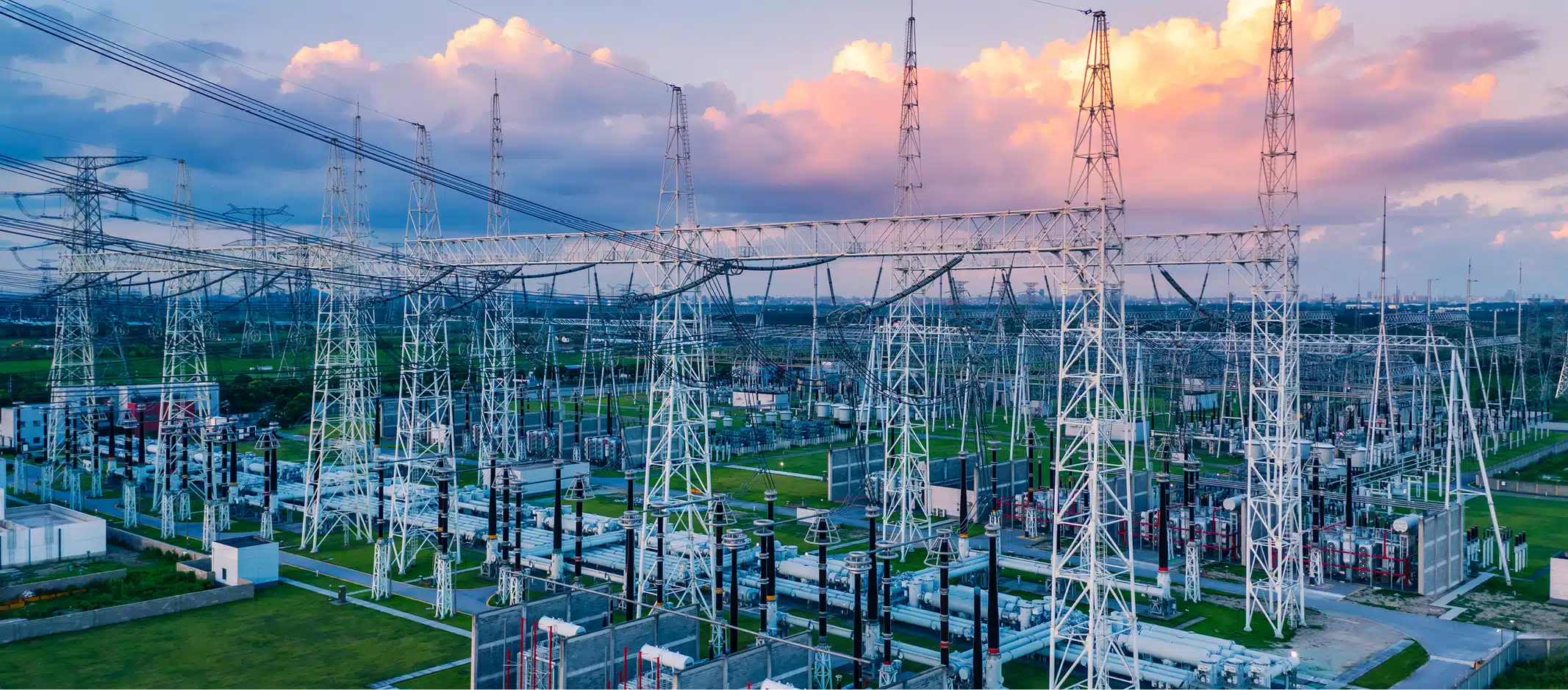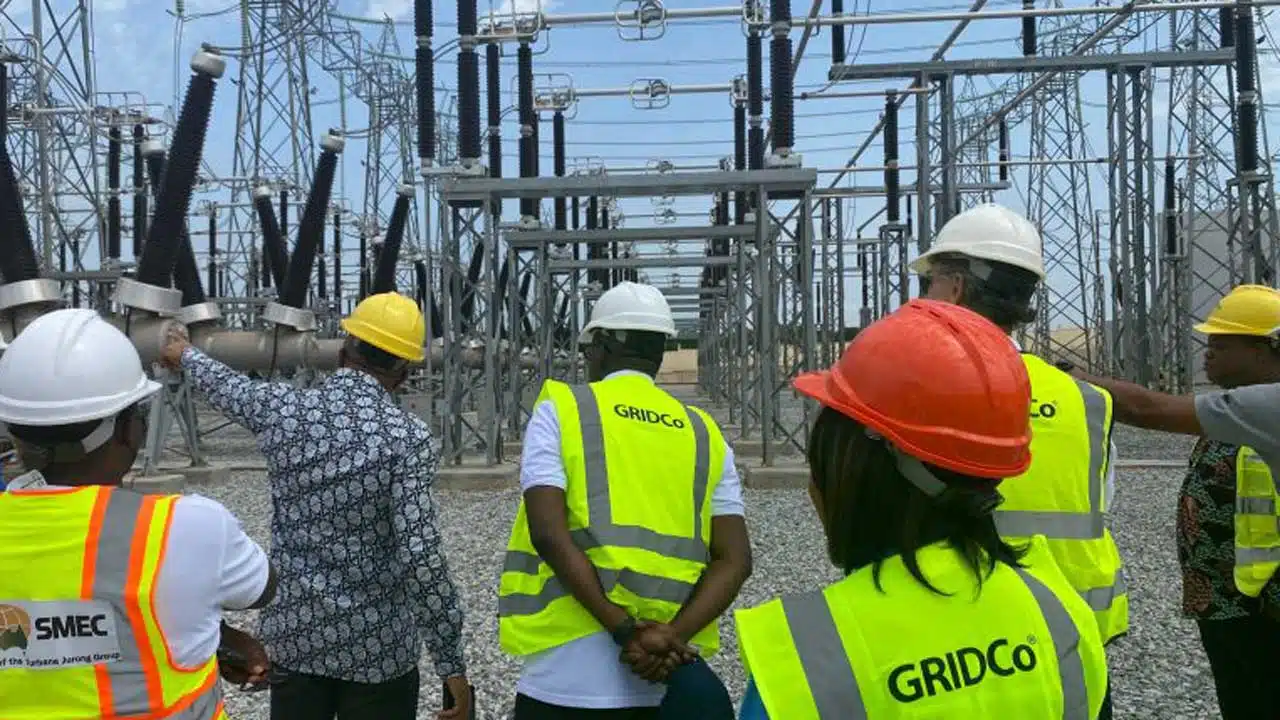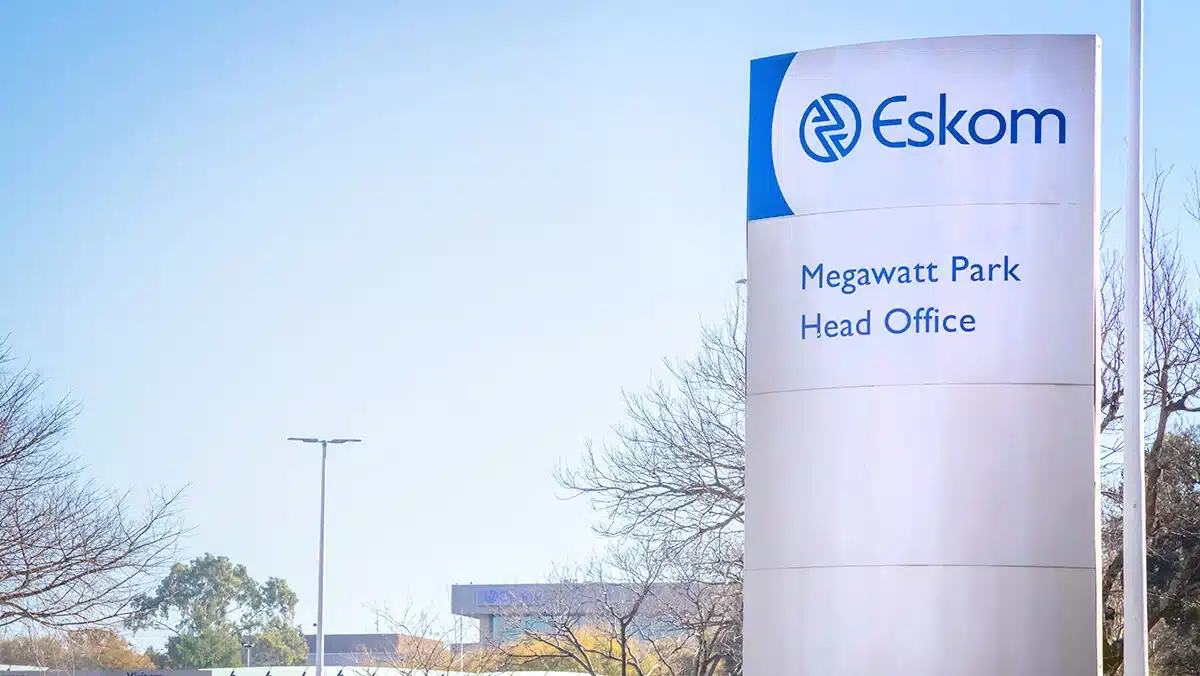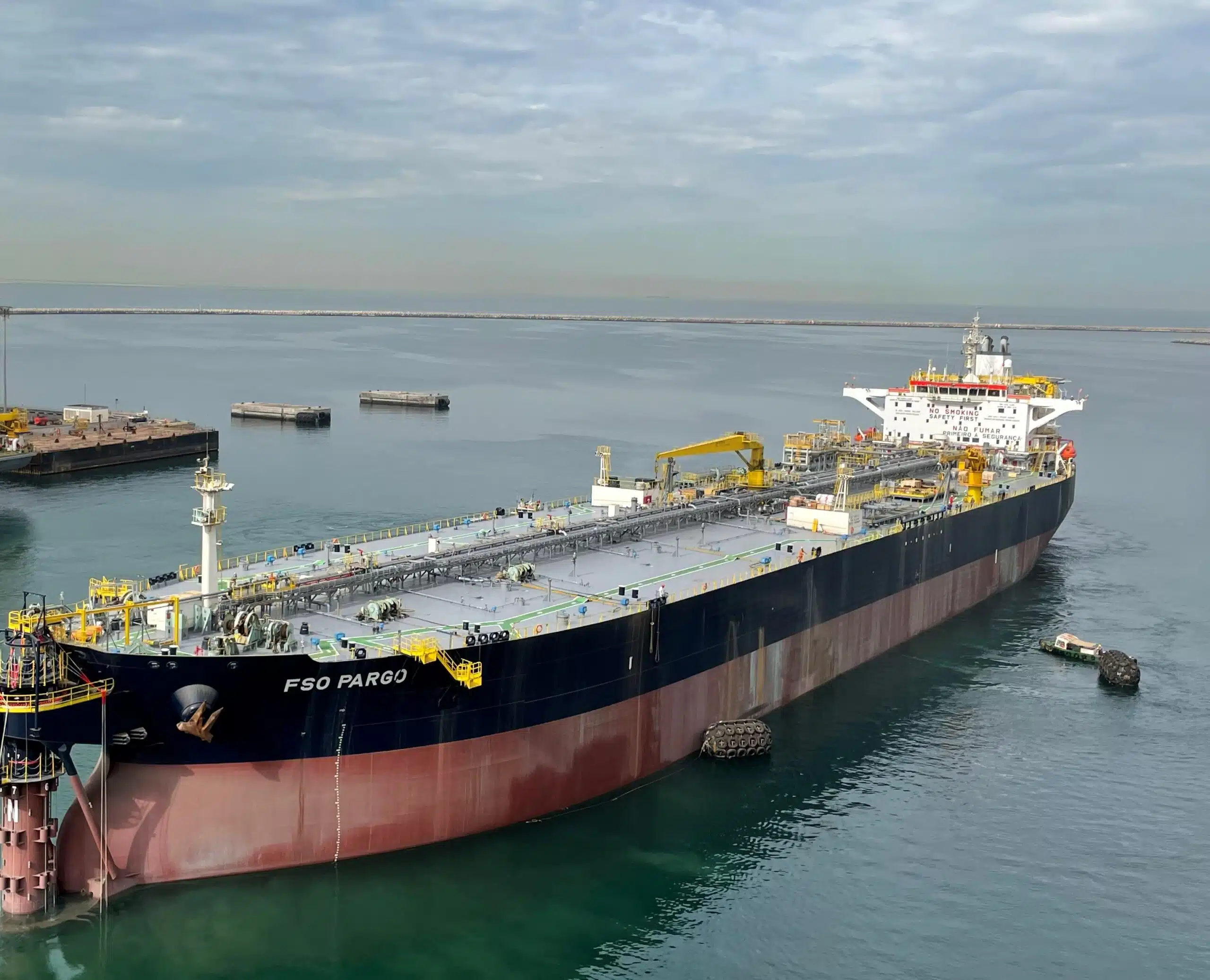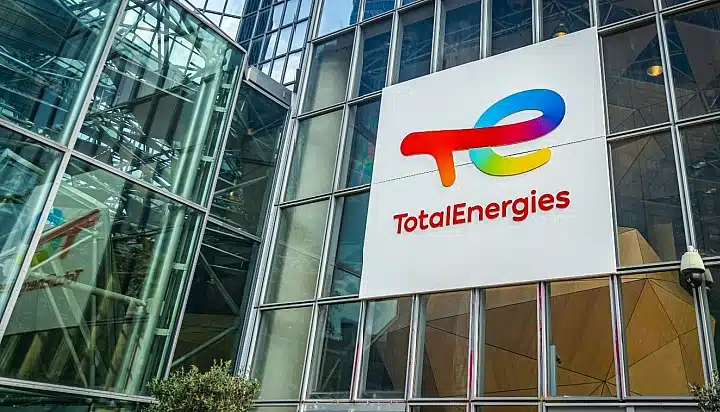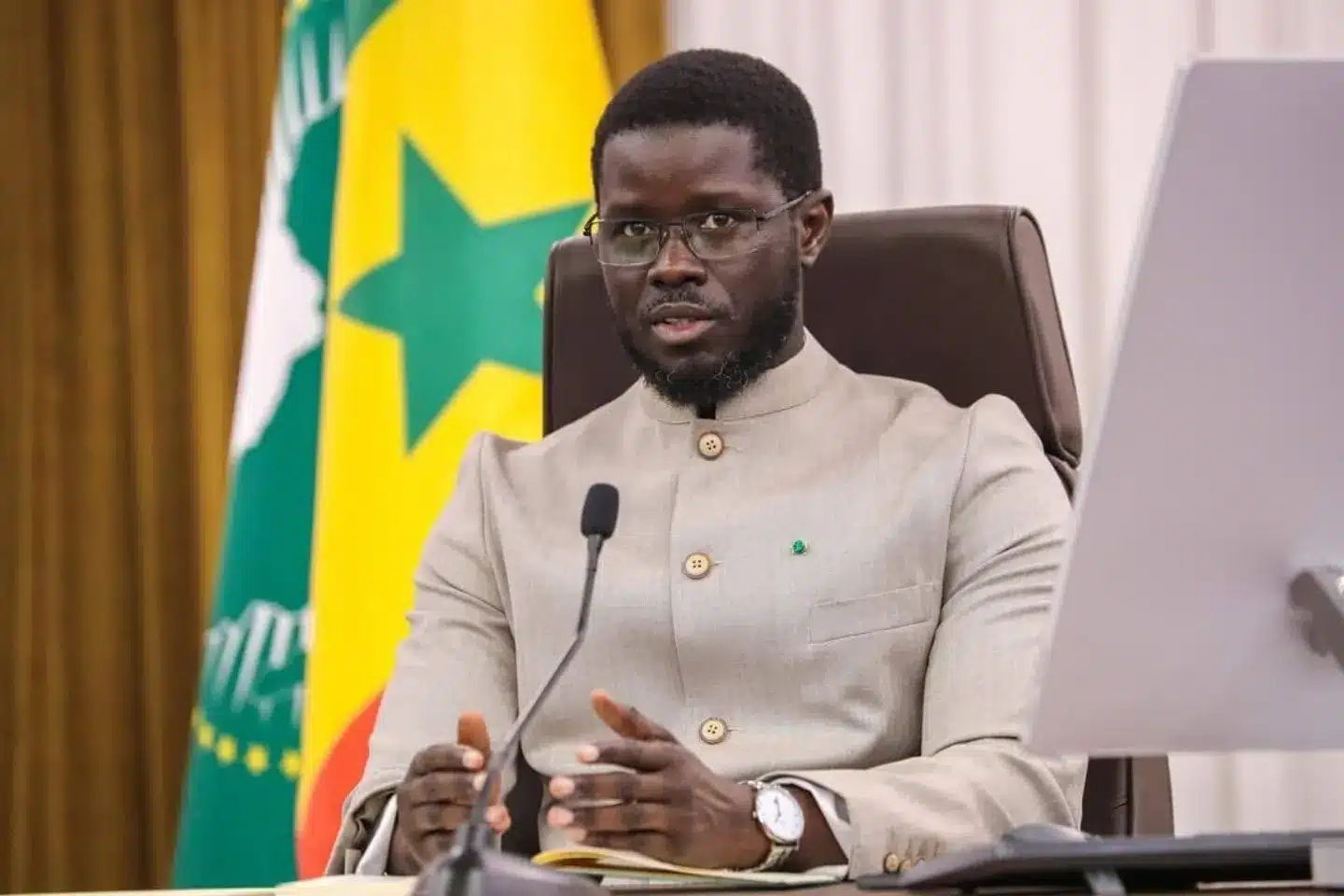Open access energy regimes are evolving to deliver reliable and affordable electricity in Africa.
Traditional, vertically integrated utilities are giving way to more open, competitive markets, driven by an urgent need to improve efficiency and attract private investment in a tough economic environment.
For independent power producers (IPPs), an open market means access to multiple buyers and competitive pricing, opportunities for project scalability and flexibility in contracting.
Consumers benefit from increased reliability, lower costs and flexibility in selecting electricity providers.
Governments benefit from security of supply, enhanced competition and efficiency as more players enter the market. Open electricity markets also support regional energy integration.
While there are many benefits of open electricity markets, there are also hurdles to overcome in unlocking their potential. These include regulatory uncertainty, a lack of market readiness, and large gaps in generation and transmission infrastructure.
There are useful lessons to be learnt from those, such as South Africa, who are further on the journey in adopting open markets than others, such as Kenya and Zambia.
Enabling Kenya’s unbundled energy sector to enter the open market system
At present, Kenya operates an unbundled energy sector with generation undertaken by state-owned KenGen and various IPPs.
Electricity is sold to the national offtaker, Kenya Power and Lighting Company (KPLC) via the state-owned transmission utility, Kenya Electricity Transmission Company (KETRACO).
A thriving captive power market — primarily driven by on-site solar generation — also supports commercial and industrial users.
The industry is overseen by the Energy and Petroleum Regulatory Authority (EPRA), an independent regulator that will also oversee tariffs and contracts under the open access regime.
The Energy Act, 2019 laid the legal foundation for transitioning to a liberalised electricity market.
It defines an electricity market as a platform where licenced generators and importers of power can sell power to licenced retailers for onward sale to consumers through power systems operated by licenced distributors and transmitters.
An overarching principle is open access, which ensures non-discriminatory use of transmission and distribution systems by any licensed entity.
To operationalise the open access framework envisioned in the Act, the Energy (Electricity Market, Bulk Supply and Open Access) Regulations were published for public comment in 2024.
These Regulations propose a shift from the current single off-taker model to an open market system where IPPs are licenced to supply bulk electricity to licenced private retail vendors or directly to large customers through a wheeling process.
The Regulations envisage a central market for capacity and energy contracts and an ancillary services market, which is still under development.
Existing PPAs with KPLC will remain in force as bilateral contracts, while new generation projects will operate through the central market.
In parallel, eligible consumers—those with a minimum demand of 1 MVA on the distribution network or 10 MVA on the transmission network—will be permitted to contract directly with generators or retailers.
Transmission and distribution network service providers will manage the grid, which will host multiple retailers.
KETRACO, as the system operator, is mandated to work with EPRA to develop detailed market rules and operational guidelines.
These guidelines are expected to address several outstanding issues, including the methodology through which consumers will benefit from energy procured in the open market, dispatch coordination under a multi-seller framework, and capacity allocation mechanisms.
Kenya’s evolving electricity market will present investment opportunities in merchant generation, private PPAs with large consumers, licensed retail supply, and transmission and distribution infrastructure.
Investors can also capitalise on emerging demand for competitive supply, grid reinforcement, system support services and other ancillary services.
Bypassing state-owned entities to facilitate the open market in Zambia’s energy sector
Like Kenya, the Zambian energy sector has relied on state-owned energy utilities that control the transmission and distribution of electricity purchased through large PPAs.
Zambia’s state-owned entity, ZESCO Ltd, has been in control of most of the transmission and distribution networks.
Zambia has also recently adopted an open access regime, enabling IPPs and large power consumers to trade electricity by connecting to and using electricity transmission and distribution networks, irrespective of the network’s ownership or operation.
This new regime is anchored in Zambia’s Electricity Act of 2019 and the Electricity (Open Access) Regulations 2024.
A primary goal of the open access regime is to empower IPPs to generate and sell electricity directly to consumers, bypassing ZESCO.
The Government has considered unbundling ZESCO into separate generation, transmission and distribution entities, but no concrete framework has been implemented.
The Regulations offer detailed implementation guidelines and address critical issues in the transition to an open market, including identifying qualifying participants and outlining the categories, application process, procedure and prescribed timelines for open access.
Several key issues remain unresolved, including the readiness of the electricity network to support open access, finalisation of system operator guidelines, and the potential shift to an independent market operator.
Moving towards an open, multi-market energy structure in South Africa
Despite ongoing private power generation, South Africa’s market structure remains a vertically integrated monopoly, dominated by Eskom.
The Draft Market Code, issued in 2024 by Eskom’s subsidiary, National Transmission Company South Africa, was introduced to assist in establishing a transparent, non-discriminatory trading platform operating in an open, multi-market structure under the Electricity Regulation Amendment Act (ERAA), effective in January 2025.
The target commencement date of the Code is April 2026, with an open and competitive electricity market expected to be operational in South Africa by 2031.
It establishes a spot, day-ahead and intraday market, and provides for continued bilateral transactions and regulated electricity procurement.
Although participation in the spot market will be voluntary for private generators, generators and consumers will be balance responsible parties and could be penalised if they contribute to an imbalance in the system.
The way a customer receives energy from an IPP will change and it is unlikely that the current rules that facilitate open access and wheeling will remain the same in a competitive multi-market model.
Comparisons and lessons learned
The ERAA has simplified private generation in South Africa. IPPs register with the National Energy Regulator of South Africa without full licensing requirements.
Although traders must obtain a trading licence, their involvement is less regulated than in Kenya and Zambia making access to the market easier.
In terms of grid access allocation, Kenya has implicitly adopted a simplified first-come, first-served model.
South Africa has refined this approach by introducing a first-ready, first-served model to prioritise technically and financially viable projects.
The process in South Africa is not without its flaws but its intent is to ensure that grid access goes to viable projects rather than speculative applicants.
A notable distinction is how state utilities interact with competitive markets.
In Kenya, KENGEN is expected to participate in the spot market alongside IPPs.
In South Africa, there is a strong focus on Eskom’s generation assets being made available within the spot market, supported by vesting contracts that hedge Eskom’s capacity.
South Africa’s Single Buyer Central Purchasing Agency and South Africa’s energy regulator play a critical role in regulating Eskom’s market power.
Zambia’s electricity market structure resembles South Africa’s before the country unbundled its utility sector by creating the National Transmission Company of South Africa.
Zambia is considering the same approach, separating ZESCO’s roles in generation, transmission, and distribution to avoid a monopoly.
A key question in open access systems is how consumers benefit from electricity generated remotely and exported into the grid.
In South Africa, there are two key agreements that govern wheeling:
i. the Connection and Use-of-System Agreement between Eskom or municipalities, and the generator, which defines the process for grid connection and transmission network usage;
ii. the Electricity Supply Agreement, signed between consumers and Eskom (or municipalities), which is amended to allow for and regulate the receipt by the consumer of wheeled energy.
Consumers receive a credit from Eskom for every kilowatt-hour of wheeled energy, reducing their electricity costs.
This wheeling framework allows greater consumer choice and cost efficiency.
The question for Kenya and Zambia remains how their system operators will handle dispatching and capacity allocation under an open access model. For both countries, clarity is also needed on how consumers will benefit from wheeled energy.
Like South Africa, Kenya has experienced nationwide blackouts, exposing weaknesses in its transmission network.
Unless major infrastructure investments are made, an open market could exacerbate instability.
Similarly, Zambia anticipates lower electricity prices through an open market, but infrastructure weaknesses could delay cost benefits.
Coda
Open energy markets could be the answer to the energy deficit in Africa.
However, South Africa’s experience in its transition towards an open market offers several learnings for others.
These include taking a gradual approach to unbundling; the importance of strengthening grid access policies; and the need to boost infrastructure development.
Refining guidelines, introducing rules and transparent pricing, and engaging private sector participants are also key.
Submitted by Alexandra Felekis (South Africa), Bwalya Chilufya-Musonda (Zambia), and Edwin Baru (Kenya), Partners at Bowmans
Disclaimer: This opinion piece does not necessarily reflect the position of the editorial board of Energy in Africa and its owners.

